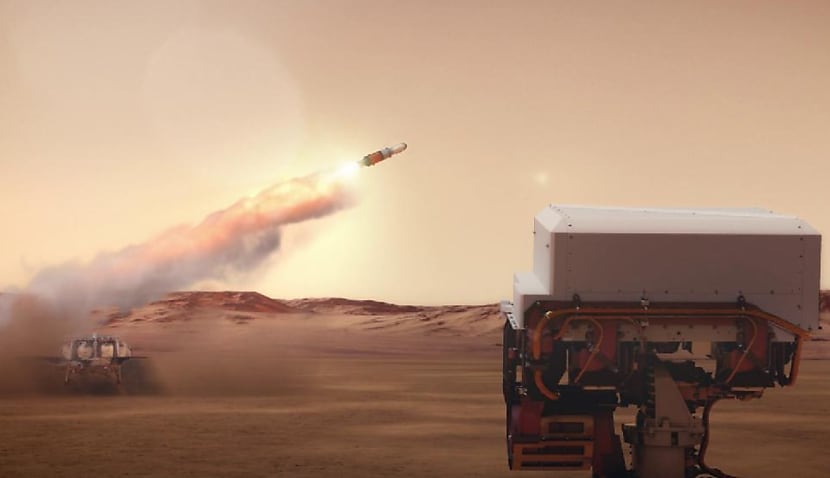The perfectly preserved “stromatolites” in the Pilbara region of the state are thought to have been created by some of the earliest forms of life 3.5 billion years ago. NASA hopes to use them to find similarities with the Martian samples and confirm life was once present on the Red Planet.
The director of NASA’s Mars exploration program, Eric Ianson, told The Australian, the visit was essential.
“The Perseverance rover is currently on Mars collecting rock core samples and we’re going to be returning them back to Earth,” he said.
“If we were to see similar patterns in the rocks as we’re seeing here in the Pilbara, it could be a really strong indication that life had previously existed on Mars.”
NASA’s Mars Perseverance rover began collecting samples in 2021 and hopes to return them in 2033 in an ambitious plan involving multiple spacecraft.
Perseverance — which is still active — landed in 2020 and its first mission focused on studying the Jezero Crater floor.
The crater is a 45-kilometre-long stretch of land on Mars located on the western edge of a flat plain called Isidis Planitia, which is north of the Martian equator.
It was chosen as a landing site as it is believed to have once been flooded with water, home to an ancient river delta.
During its time there, the rover learned the rocks making up the crater floor into two formations were igneous — a type of rock solidified from lava or magma — in origin, according to Rachel Kronyak, system engineer at NASA/JPL.
Perseverance first encountered the Máaz formation, in which it collected four rocks and sealed six sample tubes. The second was the Séítah formation, to which Perseverance performed abrasions on three rocks and filled four sample tubes.
The rocks will eventually be returned to Earth as part of the Mars Sample Return (MSR) program that will see the first-ever rocket launch from Mars.
Lockheed Martin of Littleton, Colorado, will build the Mars Ascent Vehicle (MAV), a small, lightweight rocket which will launch from the Red Planet.
A sample retrieval lander (SRL) will carry MAV to Mars, landing near or in the Jezero Crater to gather the samples cached by the rover.
Once the MSR mission is underway, the samples will be returned to the lander in a container, which will serve as the launch booster for the MAV.
When the MAV reaches Mars orbit, the container will be captured by a European Space Agency (ESA) Earth Return Orbiter spacecraft outfitted with NASA’s Capture, Containment and Return System Payload and blast back to Earth.

Adam Thorn
Adam is a journalist who has worked for more than 40 prestigious media brands in the UK and Australia. Since 2005, his varied career has included stints as a reporter, copy editor, feature writer and editor for publications as diverse as Fleet Street newspaper The Sunday Times, fashion bible Jones, media and marketing website Mumbrella as well as lifestyle magazines such as GQ, Woman’s Weekly, Men’s Health and Loaded. He joined Momentum Media in early 2020 and currently writes for Australian Aviation and World of Aviation.

